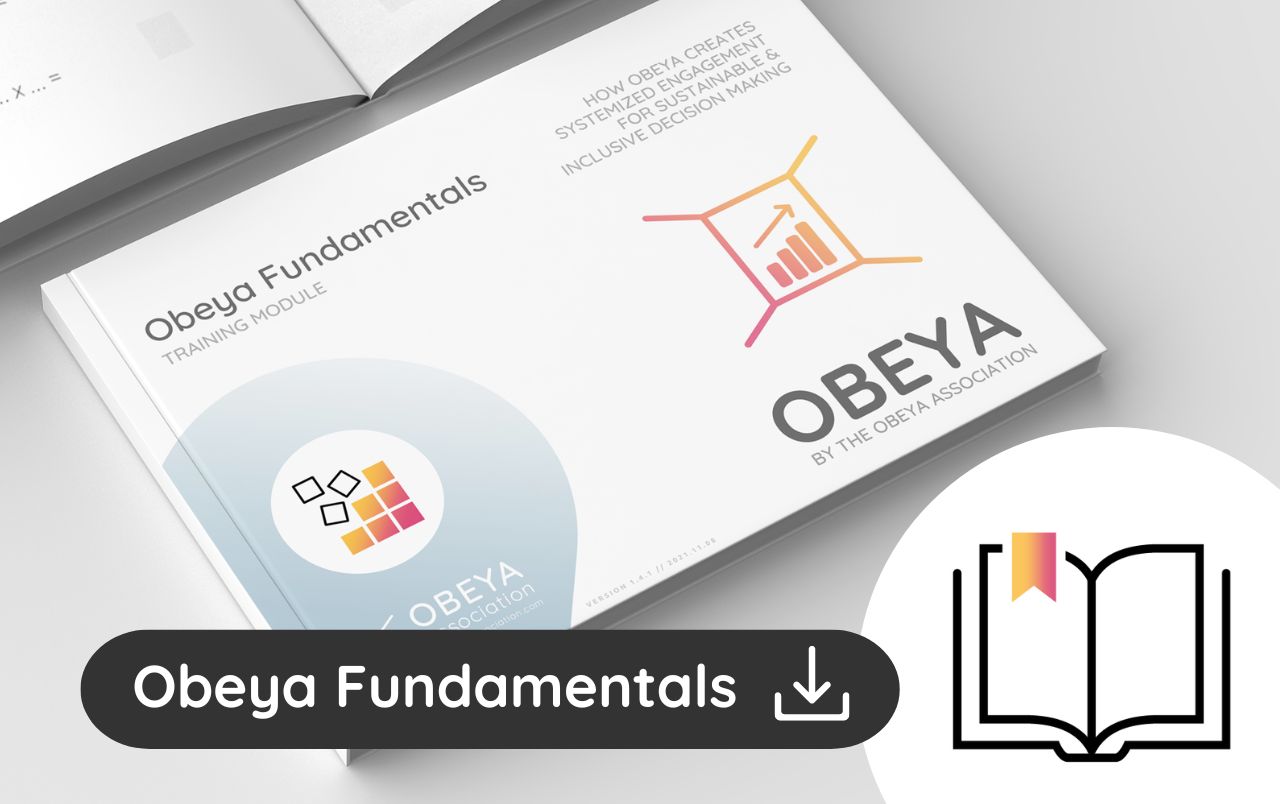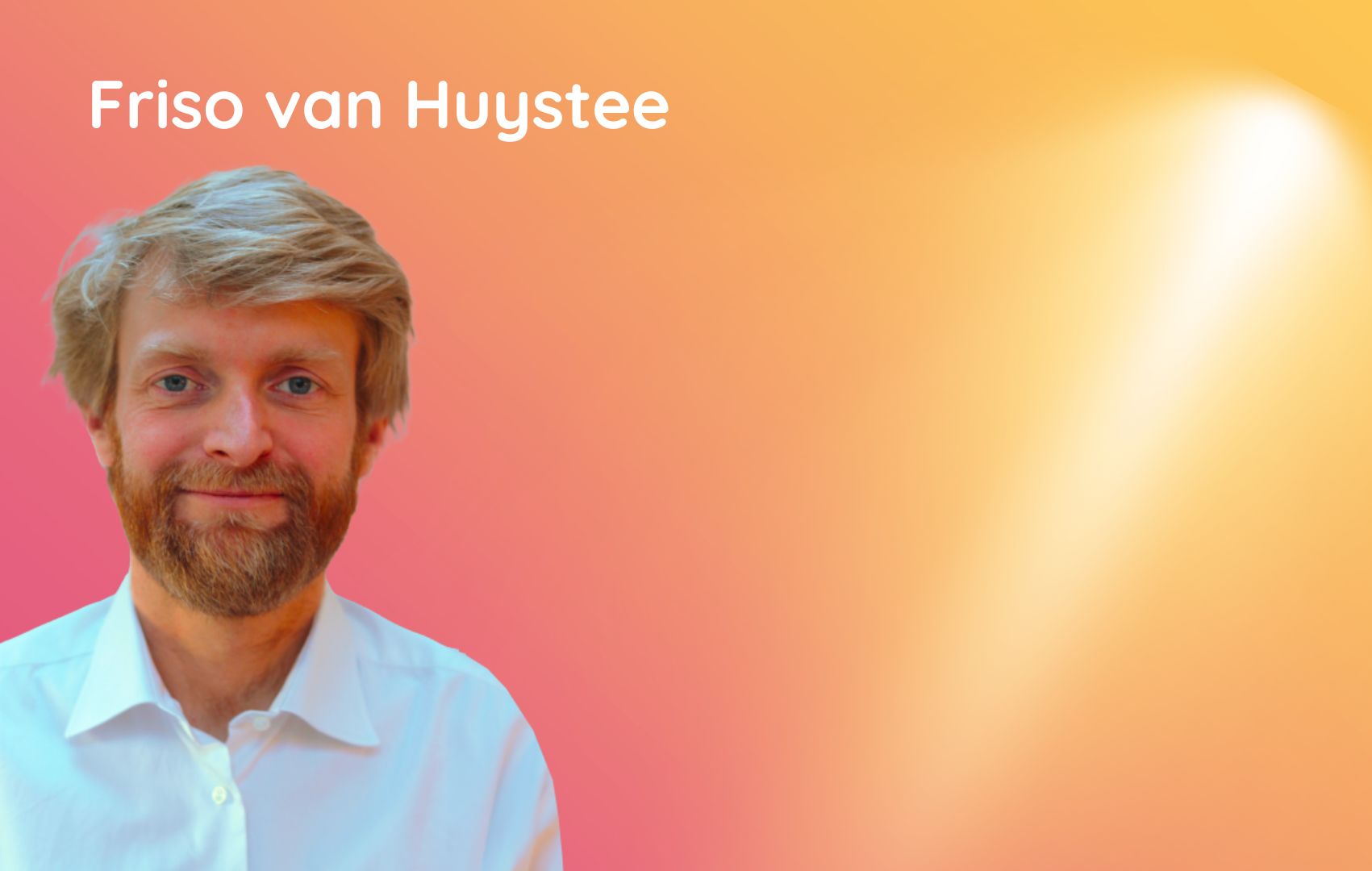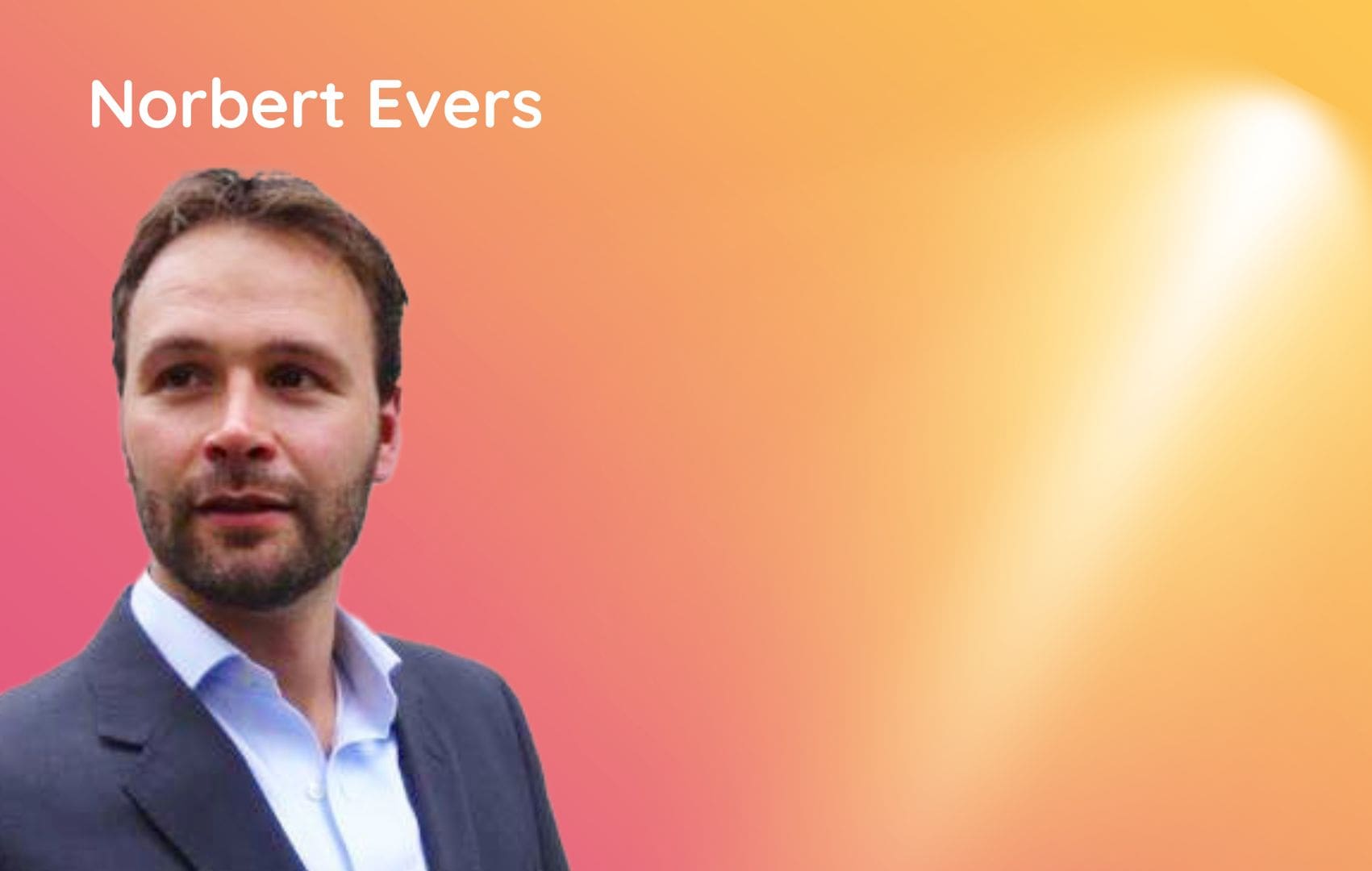

Authors of this article: Olav Maassen & Laurens Bonnema
In the vibrant world of Obeya, the line between insightful organization and chaotic clutter is thin. Starting with Obeya, like many endeavors, comes with its set of rookie pitfalls. Avoiding these blunders from the outset paves the way to a more collaborative and insightful working environment:
1. Your Obeya has no Purpose
Ah, the allure of insight! It’s a common narrative: teams gleefully diving into their new Obeya, admiring the clarity it seemingly offers. But as the saying goes, ‘All that glitters is not gold.’ Without a clear purpose, an Obeya becomes a beautiful yet ineffective mosaic of information.
Consider a ship. Without a destination, how do you gauge the speed or direction? Similarly, an Obeya needs a well-defined purpose to shape its essence. This purpose aids in determining what information is indispensable to steer the team’s decisions and actions. Everything else, though potentially valuable, risks becoming distracting noise.
The purpose helps to decide what information is critical to support the decisions and actions the team needs to take. Only information that supports the purpose should be readily available; while valuable, the rest is only data (not information) as it does not contribute to the Obeya’s purpose.
Visibly stating the purpose in the Obeya ensures everyone is aware of the purpose (as it is almost literally in your face). Every organization has a mission, vision, and values, and most have it defined somewhere. Annually, these are shared to re-emphasize them so everyone knows what it is. People will not remember them if they are repeated once a year or stored somewhere.

Don’t believe us? Quick check: ask your colleague to write down your company’s mission and vision without looking it up. Our money is on them not knowing the mission, vision and/or values.
Of course, a purpose is not by definition the same as the mission, vision or strategy. Depending on the type of Obeya you are creating, it can be something completely different. Your Obeya has a reason for existing; express it. Having a purpose allows you to filter only the essential information to support what the team should do. And less is certainly more in this case!
Avoiding this is deceptively simple: define the purpose of your Obeya at the start. How is the Obeya going to help you? What are you able to accomplish better now that you have this Obeya?
Write the purpose down and hang it in your Obeya so that it is visible. Regularly reflect on the purpose: review your Obeya to see if the Obeya still supports your purpose and review if your purpose has evolved.
Teams can prioritize crucial information over fluff by articulating and aligning on a shared purpose. Remember, with Obeya, brevity and clarity yield more fruitful collaboration.
2. Not Creating Your Obeya Together
Obeya thrives on collaboration. When only one individual or a select few dominate the building process, you risk missing out on diverse perspectives and insights. Encourage co-creation; involve both Obeya Builders and participants in crafting the space. This collective effort leads to a more holistic and effective Obeya.
Co-creation within an Obeya build is a powerful catalyst for generating diverse and innovative ideas. When the responsibility of building the Obeya is shared among all team members, it promotes a sense of ownership and inclusivity and helps tap into a wide array of insights and experiences. Instead of a monotonous single-threaded narrative, you get a rich tapestry of thoughts, solutions, and strategies.
But remember, the goal of co-creation in an Obeya is not just about sharing the workload or enhancing aesthetic diversity. It’s about creating an environment that fosters open dialogue, mutual learning, and collective decision-making. This approach is particularly beneficial in unearthing hidden challenges, aligning team members towards a common goal, and generating nuanced, robust, and inclusive strategies.
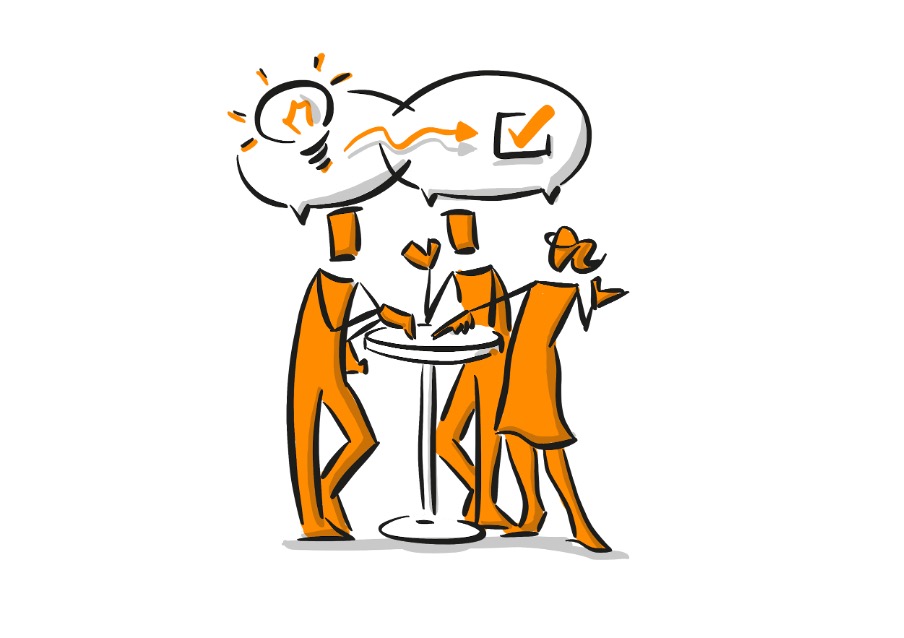
However, co-creation doesn’t mean chaos or lack of structure and brings with it its own pitfalls, such as bystander syndrome. It’s crucial to maintain a balance between freedom of expression and adherence to the core purpose and guidelines of the Obeya. Appoint an Obeya Host who ensures this balance, guides the team, and maintains the momentum.
Involving clients or stakeholders in the co-creation process also provides valuable insights. Their perspective helps the team better understand their needs, expectations, and potential obstacles, leading to more user-centric solutions. However, keep the collaboration constructive and focused on the Obeya’s purpose to avoid confusion and scope creep.
Effective co-creation in an Obeya requires a fine blend of diversity, structure, and open-minded collaboration. Create a space where every idea is valued, every voice is heard, and every contribution brings you one step closer to your collective goals.
3. Wasting Time on Beauty
While a visually pleasing Obeya can be motivating, aesthetics should never trump functionality. The goal isn’t to create a masterpiece for an art gallery but to foster effective communication and collaboration. Prioritize information clarity and accessibility over decorative flourishes.
The common pitfall of prioritizing aesthetics over function in an Obeya setting is quite detrimental in the long run. In a dazzling pursuit of creating an attractive Obeya, teams lose sight of its fundamental purpose: facilitating decision-making and enhancing team collaboration. While a visually captivating Obeya is indeed engaging, it’s crucial to remember that functionality is paramount.
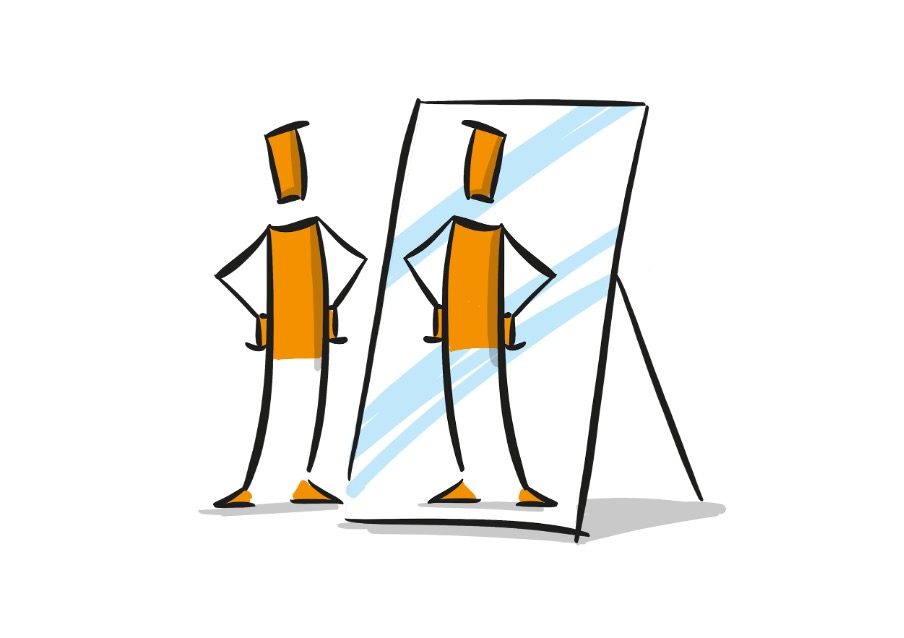
Only incorporate decorative elements if they contribute to clear information communication. Otherwise, they risk becoming distractions that dilute the effectiveness of the Obeya. It’s akin to an artist adding unnecessary details to a painting, which detract from its overall message and impact.
For instance, if a particular color code or icon doesn’t serve a clear purpose or confuses the team, it’s better to remove it. Instead, stick to simple and intuitive visual elements that quickly convey complex information. The same goes for the arrangement of information within the Obeya. Don’t compromise on the logical flow of data for the sake of visual symmetry or balance.
In conclusion, while aesthetics have their place in an Obeya, their role is to support effective communication and functionality. The aim is to create an Obeya that enhances team collaboration and decision-making and, where useful, is pleasing to the eye.
4. Waiting for Perfection
The desire for perfection leads to stagnation. Instead of hunting for ideal examples or waiting for the perfect moment, dive in! Slap that sticky note on the wall, scribble down your thoughts, and get the ball rolling. Momentum is a precious asset in the Obeya process; don’t squander it in the quest for perfection.
To elaborate, the pursuit of perfection in Obeya risks triggering a state of ‘analysis paralysis’, a condition where overthinking leads to inaction. This is counterproductive in an environment that thrives on ongoing collaboration and fluid communication. The beauty of Obeya lies in its dynamic nature – the continuous ebb and flow of ideas and information. Waiting for the perfect piece of data or the ideal scenario to contribute stalls this process and hinders the team’s progress.

An Obeya thrives on the freshness and immediacy of thoughts and ideas, which often surface in the most impromptu manner. Encourage team members to add their thoughts and ideas as they come, even if they may seem incomplete or imperfect at the moment. Remember, a rough idea shared in real-time sparks discussions and evolves into a brilliant solution, while a ‘perfect’ idea that comes too late serves no real purpose.
In other words, fostering a culture that encourages action over excessive deliberation is essential. Display this ethos clearly in your Obeya and ensure it’s practiced consistently. This way, you keep the momentum going and make the most of your Obeya’s potential.
5. Getting Lost in the Jargon Jungle
Succumbing to the allure of jargon makes things sound sophisticated, but hinders understanding. In Obeya, simplicity reigns supreme. Ditch the lingo and focus on fostering a shared understanding among all team members.
While technical language and industry-specific terms are sometimes necessary, they should never become a barrier to communication in an Obeya. The use of jargon makes the dialogue exclusive to the “inner-circle” and alienates team members who are not familiar with the jargon. Instead of facilitating clear communication, the overuse of lingo leads to misunderstandings, misinterpretations, and inefficiencies.
Remember, the goal of an Obeya is to foster a collaborative environment that promotes clear and effective communication. Instead of resorting to complex terminology, aim to distill information into its simplest form. Use plain language, visual aids, and intuitive design elements to convey complex ideas and data. This approach ensures that everyone, regardless of their role or expertise level, can participate in discussions and contribute meaningfully to the decision-making process.
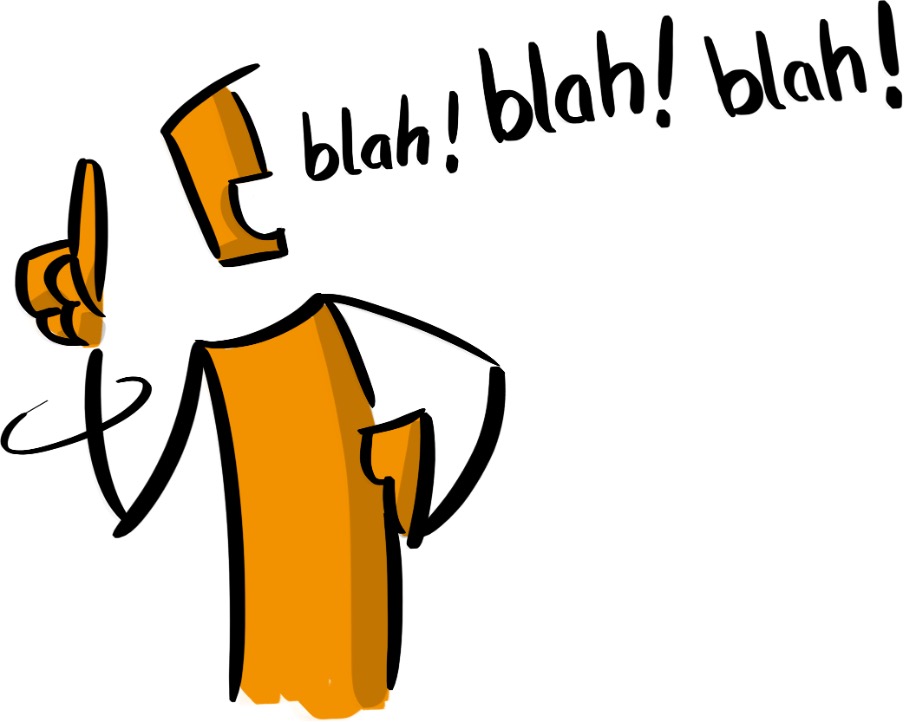
Involving all team members in the creation of a shared language also enhances understanding and engagement. This joint language must be simple, intuitive, and relevant to the team’s work. It can include commonly used abbreviations or symbols as long as they are understood by everyone and serve to facilitate communication.
Remove the arcane words of the inner circle and speak clearly. Creating a joint understanding is not about dumbing down information. It’s about ensuring that information is accessible and understandable to all, thereby enhancing collaboration, decision-making, and overall effectiveness of the Obeya.
6. Hoarding and Withholding Information
In the realm of Obeya, knowledge is a collective asset. Withholding information is counterproductive. Prioritize transparency and ensure essential information is accessible to all relevant team members and other teams.
Hoarding information in an Obeya environment stifles the very essence of the system—collaboration. When information is hoarded and not freely shared, it creates a bottleneck in the flow of knowledge and ideas, hampering the team’s ability to make informed decisions and innovate. On the other hand, transparency can foster an atmosphere of trust and openness, which are critical for effective collaboration and problem-solving.

In an Obeya, every piece of information, no matter how insignificant it may seem, has the potential to spark insights, foster innovation, and drive progress. Hence, creating a culture that encourages sharing and values transparency is essential. Visual management tools such as charts, graphs, and infographics are effective in representing complex data in an accessible and understandable way. Digital platforms can also be used to ensure that updates and relevant information are shared in real-time, ensuring all team members are on the same page.
Furthermore, it’s important to dispel the notion that sharing information could lead to vulnerability or loss of power. Instead, it needs to be viewed as a strength that empowers the entire team and accelerates collective progress. Sharing information is not just about distributing data—it’s about fostering a culture of transparency, inclusivity, and collective growth in an Obeya.
7. Thinking You’re Done When It’s Built
Don’t confuse the act of creating the Obeya space with the ongoing dialogue it facilitates. The initial setup is just the beginning; the magic lies in the discussions, brainstorming, and problem-solving that the Obeya space catalyzes.
Building an Obeya space is not a one-time event but rather the launchpad for a long-term process of collaboration and dialogue. Once the Obeya is set up, it becomes a dynamic forum for performance dialogue, where team members dissect issues, share knowledge, and formulate solutions. This process requires more than a well-curated space; it demands an environment that encourages open communication, critical thinking, and co-creation.
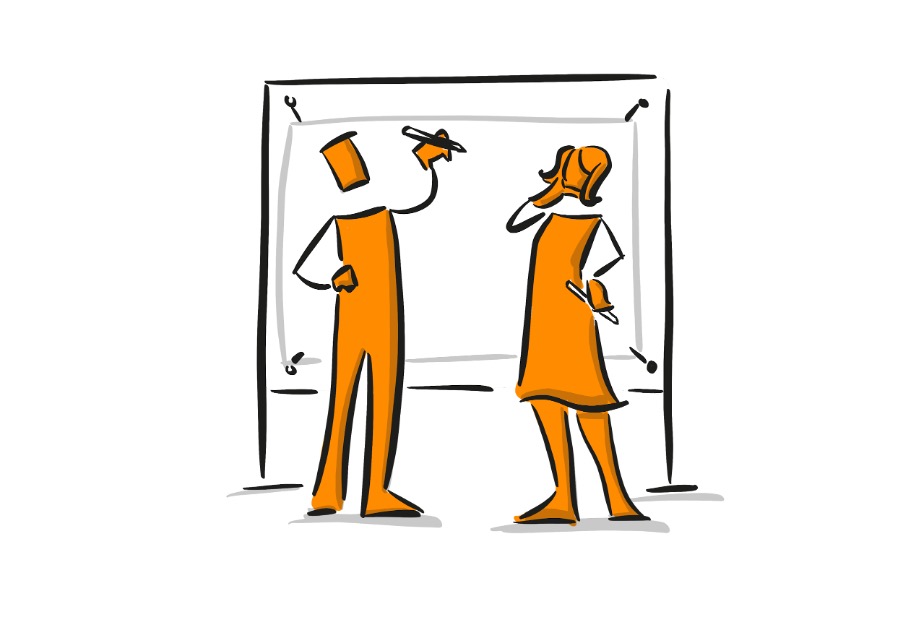
Hosting this performance dialogue needs to be as inclusive as the building process itself. Different team members can take turns to lead the discussions, ensuring a diversity of perspectives and fostering a sense of ownership among all participants. Facilitating active listening, respectful disagreements, and constructive feedback is crucial to enrich the dialogue and drive effective problem-solving.
Moreover, this performance dialogue needs to be regularly revisited and updated. The Obeya’s visual elements need to be dynamic and flexible, capable of mirroring the evolving dialogue and reflecting the most current data and insights. Regularly revisiting the visual elements helps maintain their relevance and effectiveness, keeping the team’s focus sharp and their understanding comprehensive.
Hosting the building process of an Obeya is just the first step. Ensuring continued hosting of the performance dialogue within this space is crucial to harness its full potential. It’s the ongoing discussions, the collective problem-solving, the shared victories, and the lessons from failure that truly bring an Obeya to life and drive team performance to new heights.
Conclusion
In conclusion, while diving into Obeya can be exhilarating, sidestepping these common pitfalls from day one sets the stage for success. With a clear purpose, collaborative spirit, and a focus on functionality over form, your Obeya is going to evolve into a potent tool for team synergy and productivity.
As you embark on this Obeya journey, remember: it’s not just about creating a space. It is about fostering an ecosystem of continuous collaboration and improvement.
Images courtesy of Holger Nils Pohl.

